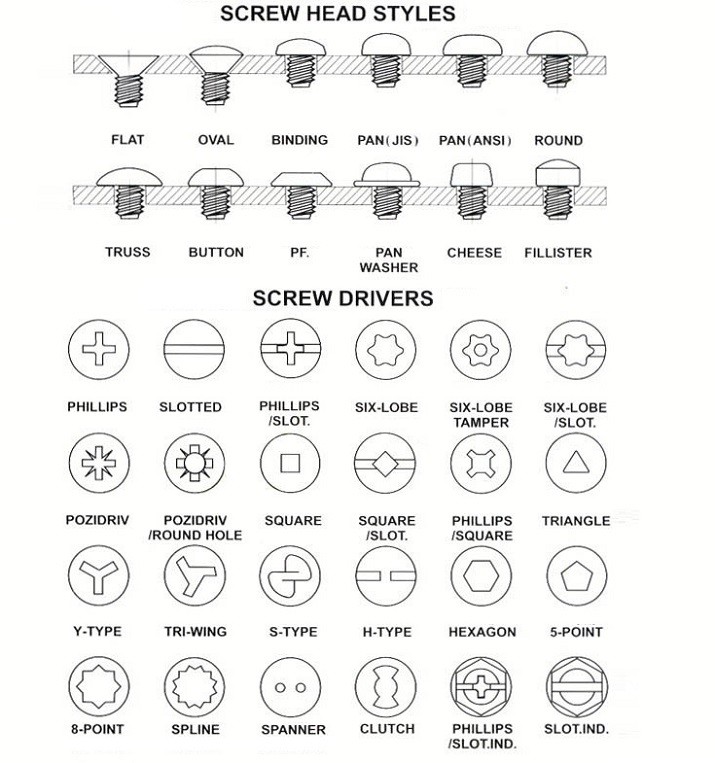Cool Guides
Rules for Posting Guides on Our Community
1. Defining a Guide Guides are comprehensive reference materials, how-tos, or comparison tables. A guide must be well-organized both in content and layout. Information should be easily accessible without unnecessary navigation. Guides can include flowcharts, step-by-step instructions, or visual references that compare different elements side by side.
2. Infographic Guidelines Infographics are permitted if they are educational and informative. They should aim to convey complex information visually and clearly. However, infographics that primarily serve as visual essays without structured guidance will be subject to removal.
3. Grey Area Moderators may use discretion when deciding to remove posts. If in doubt, message us or use downvotes for content you find inappropriate.
4. Source Attribution If you know the original source of a guide, share it in the comments to credit the creators.
5. Diverse Content To keep our community engaging, avoid saturating the feed with similar topics. Excessive posts on a single topic may be moderated to maintain diversity.
6. Verify in Comments Always check the comments for additional insights or corrections. Moderators rely on community expertise for accuracy.
Community Guidelines
-
Direct Image Links Only Only direct links to .png, .jpg, and .jpeg image formats are permitted.
-
Educational Infographics Only Infographics must aim to educate and inform with structured content. Purely narrative or non-informative infographics may be removed.
-
Serious Guides Only Nonserious or comedy-based guides will be removed.
-
No Harmful Content Guides promoting dangerous or harmful activities/materials will be removed. This includes content intended to cause harm to others.
By following these rules, we can maintain a diverse and informative community. If you have any questions or concerns, feel free to reach out to the moderators. Thank you for contributing responsibly!
view the rest of the comments

You would be correct. Except philip head screws were never really meant to be removed. They were originally designed to be a simple torque limiting fastener for use on an assembly line to speed up the work. I think the screw type was developed for Ford Motor's use on assembly lines in the 1920s. The installation tool is meant to cam out of the slots when the screw hits the proper limit. So one and done. The issue is today designers are often too stupid/lazy to not distinguish between assemblies that need to be taken apart to repair and those that won't be.
And THEN the Japanese walk into this mess by introducing their JIS spec cross-head screws and special drivers. It's very close to the original philips in looks, but it's not. It's designed to not cam out as easily as a philips head screw and be reusable. And It requires a special set of JIS screwdrivers to install or remove. They are commonly found on Japanese motorcycles. Though they have spread and can be found in the weirdest places these days.
So if you have a "philips head" screw you just can't remove, it just might be JIS. So buy a set of JIS drivers, and look very closely, and "try before you pry" to be sure you are getting the correct fit between the driver and the screw head.